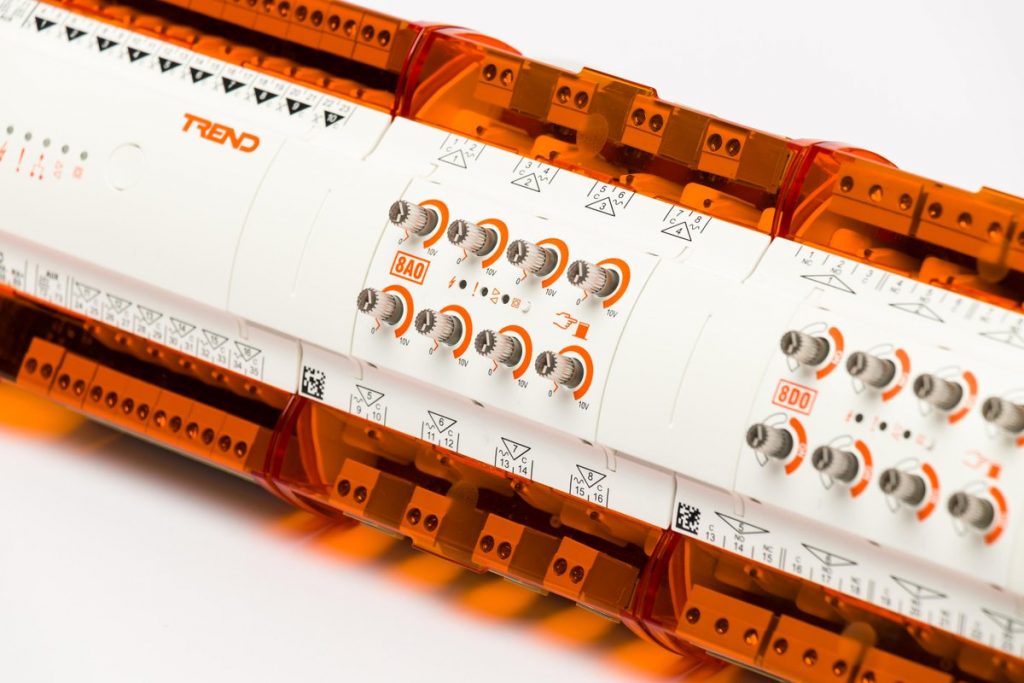
Trend Building Management Systems (BMSs) offer an integrated solution for managing building systems. They allow managers to track, monitor, and manage operational performance of the building fabric through a centralized system. A BMS typically includes an automated controller, data acquisition and storage, communication and collaboration tools, performance analysis tools, user interface design tools and reports, as well as pre-built integrations with other enterprise systems.
Trend Building Management System (BMS) engineers design, build, and manage systems that help organizations optimize their building operations. There are three main types of BMS: floor management systems (FMS), plant management systems (PMS), and enterprise resource planning (ERP) solutions.
A floor management system (FMS) helps employees find their way around a building. It includes features such as an address database, wayfinding maps, and real-time location tracking for workers. A plant management system (PMS) manages the plants in an organization, including inventory and production data. An ERP solution manages all the financials and other business functions for an organization.
Trend building management systems have the following features:
BMS engineers need to be able to select the right trend building management system (BMS) to meet the needs of their business.
There are a number of factors that need to be considered when selecting a BMS, including the company’s goals, its current operations, and its future plans. It is also important to consider the company’s budget and resources.
Once these factors have been assessed, an engineer can begin to select a BMS based on the specific needs of their business. Some common types of BMSes include enterprise resource planning (ERP) systems, customer relationship management (CRM) systems, supply chain management (SCM) systems, and fleet management systems.
It is important for an engineer to understand the different features offered by different types of BMSes in order to make an informed decision. Understanding how each feature will work in conjunction with other components of the software is critical for creating a successful implementation.
Trend building management systems (BMS) help engineers to identify and track emerging trends in their industries, markets, and other disciplines. By doing so, BMS-powered engineers can anticipate changes in customer behavior and product demands, which can lead to cost savings or new business opportunities.
Some of the key benefits of using a trend building management system include:
1. Early detection of trends – With a trend building management system in place, engineers can detect trends and patterns much earlier than they would be able to on their own. This allows them to take preventative action before problems arise, and save time and money in the process.
2. Increased efficiency – When engineers are able to track trends more effectively, they can cut down on the amount of time spent researching specific issues. This leads to increased efficiency and better performance overall.
3. Increased creativity – With an understanding of current trends and how they’re impacting your industry, you’ll be more creative when developing new products or services. This can lead to breakthroughs that change the landscape of your industry entirely.
Support and maintenance services are available through us. We can provide ad-hoc support or tailored ongoing support tailored to your needs. In addition, we provide integrated remote support and BMS system monitoring, allowing us to detect issues as soon as they occur. Through thorough analysis of your building’s system, we can recommend optimal actions tailored to your building’s specific environmental conditions.
Copyright © by BMS Control Systems Limited 2023. All right reserved. Company No. 05899420
